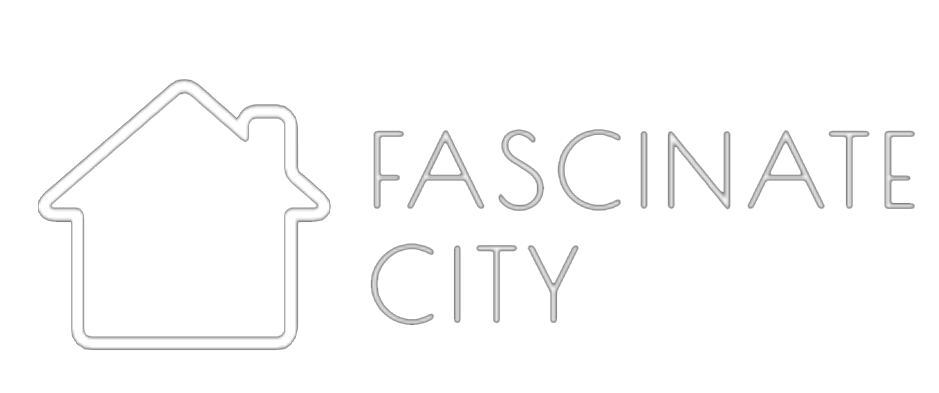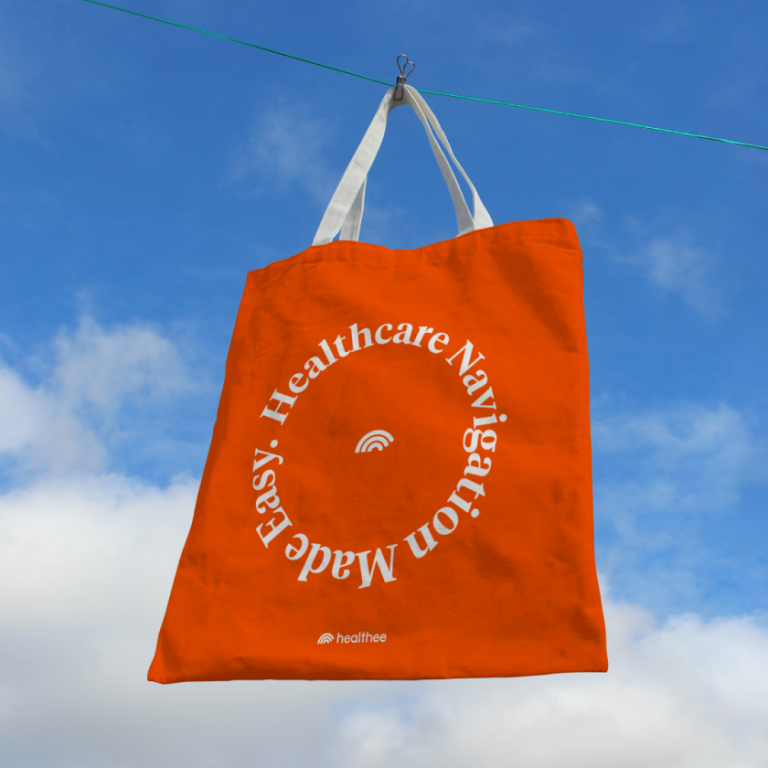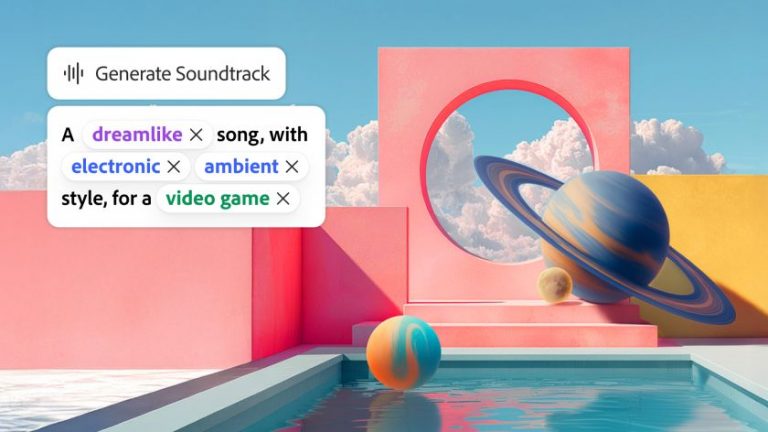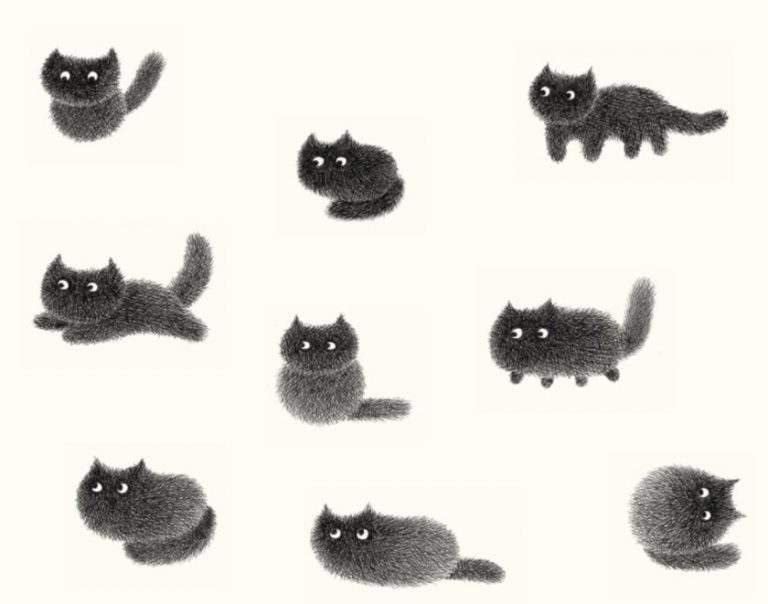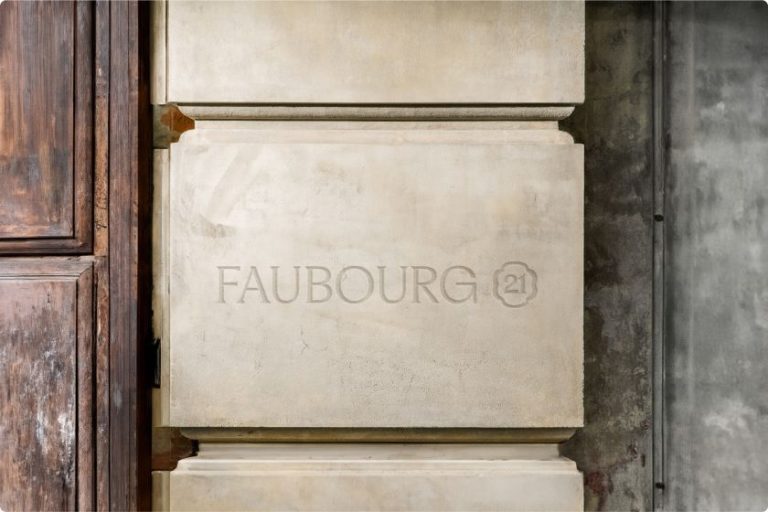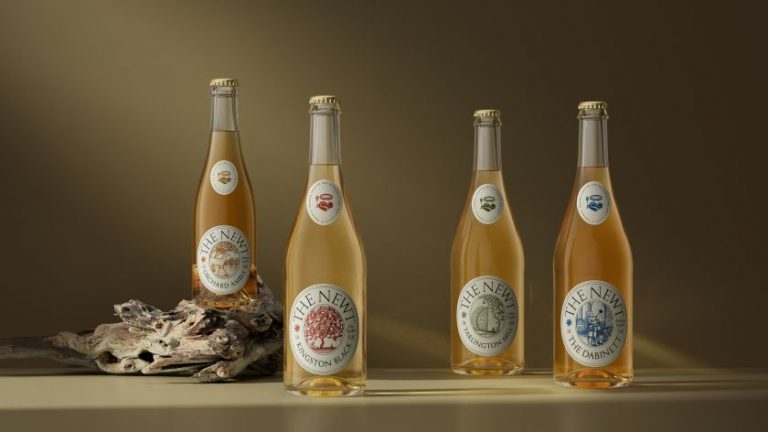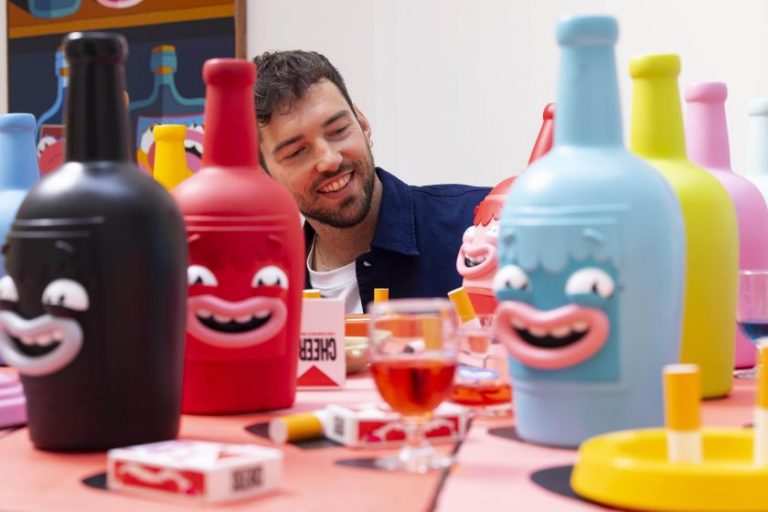Some of the spreads in the new Willis Wonderland pop-up book took two months to perfect, and for illustrator and designer Neal McCullough, it was a labour of love.
For Northern Ireland-based designer Neal McCullough – a lifelong devotee of Americana – briefs don’t get much sweeter than this. For the last year or so, he’s been meticulously painting illustrations for Willis Wonderland: The Legendary House of Atomic Kitsch Pop-up book. And the outcome is gloriously bubblegum groovy with sprinkles of retro stardust.
The book invites you into the home of the legendary songwriter Allee Willis, AKA the Queen of Kitsch, who penned hits such as September and Boogie Wonderland for Earth Wind & Fire, as well as the theme for Friends. Her Hollywood home became the epicentre of the entertainment set in the 1980s and was renowned for its outrageous, retro-modern décor.
Welcome to the rec room.
Celebrating the landmark, this publication is unique in several ways. It’s a pop-up book, but it’s not aimed at children, although it might be aimed at your inner child… The topic it covers is architecture and décor, and while the format is perfect for the subject matter, we’ve never seen a pop-up about décor before.
Neal, whose studio is called Hand Drawn Creative, was invited by design and culture author Hillary Carlip, who led the project, to illustrate all the items that appear in Willis Wonderland. The paper engineering was carried out by Mike Malkovas, and work began late in 2023.
“Designing the pitch deck helped us all visualise how the book was going to roll out, starting in the front garden and driveway, then moving room by room and ending up in the back garden,” says Neal. “From the outset, Hillary did warn me this was going to be a serious challenge. Allee’s home was and still is filled with interesting ornaments, pieces of furniture and super kitsch artwork and collectables – it would be my job to recreate and fill this book with many of her favourite keepsakes and curios in painstaking detail.”
The recording studio prototype by Mike Malkovas.
And the studio complete with Neal’s artwork.
Of course, Neal couldn’t dive straight in. First, Mike and Hillary would need to agree on how the pop-up mechanisms would work for each vista, so Neal actually began with the jacket illustrations. When templates began coming through for the spreads, Neal worked from Mike’s Adobe Illustrator templates, which included die lines, bleed and crease layers. Videos and sketches demonstrating the mechanics of each spread were also provided.
“The pop-up part of the project did fill me with dread, initially. I’ve always illustrated in 2D,” admits Neal. “But by the time I’d got my head around Mike’s first template, and he’d informed me of what I was doing right and wrong, I dove straight in and really took the bull by the horns. It was such a rewarding project.”
You can see what’s in the fridge and cupboards.
Growing up in Northern Ireland, Neal was bewitched by Bewitched and loved the bigger, bolder, louder aesthetic of California. “Real life in early 1980s Ireland just couldn’t compare to the bubblegum pink daydreams of cars with enormous fins and seafoam green over-the-top neon motel signs,” he says.
When he set up Hand Drawn Creative in 2008, ‘mod atomic retro Americana’ was the descriptor Neal used, so he felt naturally locked in on the pop-up book’s style from the get-go. It helped that he had previously helped develop a visual identity for the Willis Wonderland Foundation, which is publishing the book.
The Studebaker – a favourite.
A selection of individual illustrations Neal created.
Inside, you’ll find eight pop-up spreads showcasing the Art Deco architecture of the Willis home, along with its furnishings and collectables. There are plenty of Easter eggs, and no 3D glasses are required.
Even after a year of working on it, creating around 1000 illustrated components, Neal is in awe of the book. “I still love the opening spread of the book, where you open the flap on the left and reveal Allee’s 1955 Studebaker Commander car popping out of the driveway. It’s just such an unexpected and clever pop-up element. It was a real challenge to illustrate and never fails to pay off each time I open that page,” he says.
